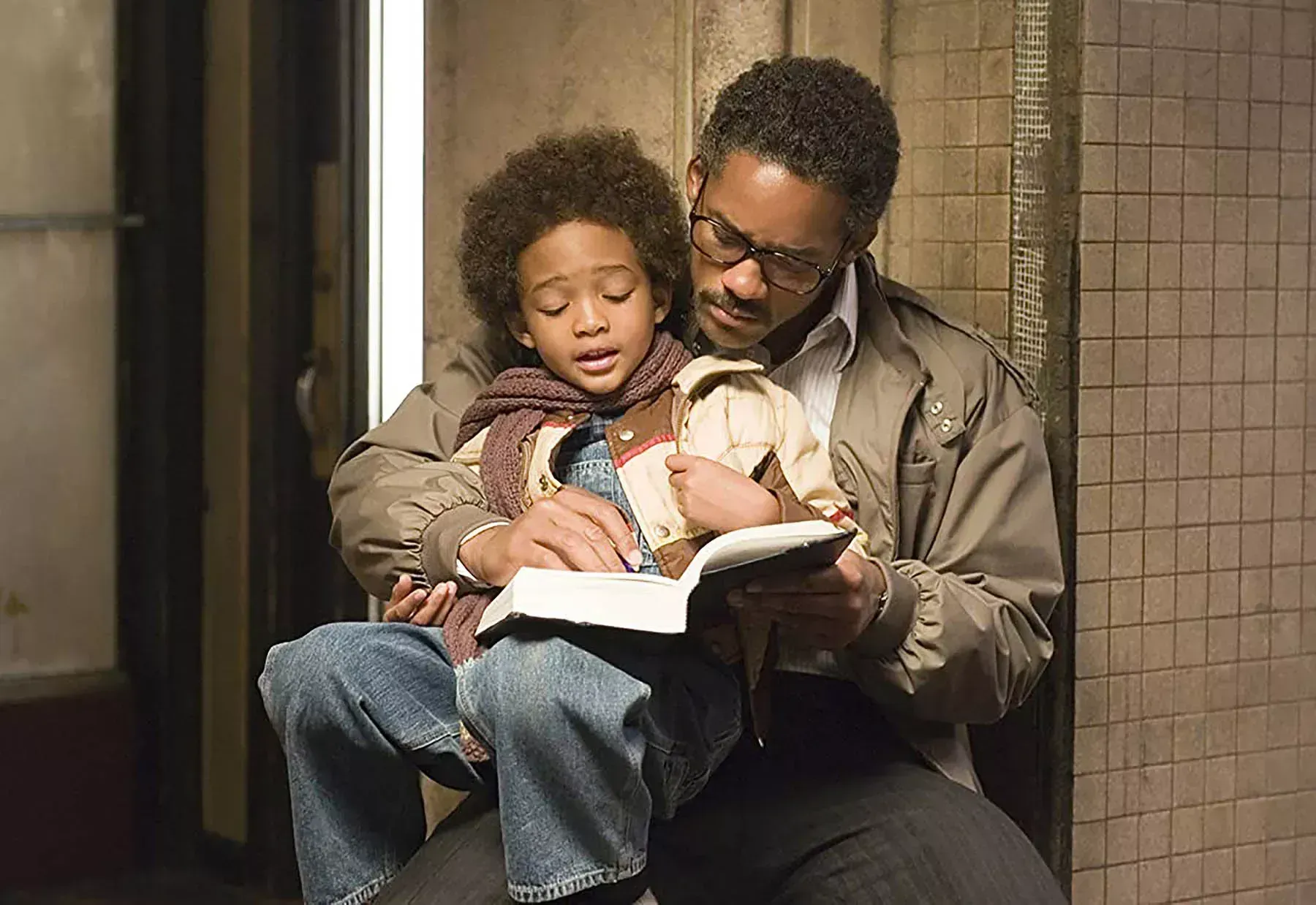Home Less in Oakland, CA

So many vacant properties in West Oakland, and so many people in need of simply a home, yet...
The issue of vacant properties in West Oakland is a complicated and multifaceted problem that has been ongoing for many years. Despite the fact that there are thousands of people in the city who are in desperate need of affordable housing, there are also thousands of properties that sit vacant, decaying and unused.
This problem is not unique to West Oakland; many cities across the country are facing similar issues. However, the situation in West Oakland is particularly severe, and resonates with me, a father to a daughter born in Oakland and a former Oakland property owner. The city has a long history of disinvestment and neglect, which has led to high rates of poverty, unemployment, and homelessness. In this context, the issue of vacant properties takes on a particular urgency.
There are many factors that contribute to the problem of vacant properties in West Oakland. One of the main causes is the legacy of redlining and discriminatory housing policies that have affected the city for decades. Many of the neighborhoods that are now struggling with high rates of vacancy and disinvestment were once thriving Black communities, but were targeted by banks and real estate companies for discriminatory lending and investment practices.
Another factor is the ongoing wave of gentrification and displacement that is sweeping across many urban areas in the United States. As property values rise and developers seek to maximize profits, long-time residents are often forced out of their homes, and properties sit vacant for long periods of time as they await redevelopment or sale.
Despite these challenges, there are many individuals and organizations working to address the issue of vacant properties in West Oakland. Community groups, non-profits, and advocacy organizations are fighting for policies that would help to reduce vacancy rates and provide affordable housing for those in need. Some of the strategies being employed include community land trusts, cooperative housing models, and the use of public land for affordable housing development.
At the same time, there is also a growing movement of people who are taking matters into their own hands and using creative solutions to address the problem of vacant properties. These include initiatives like guerrilla gardening, where volunteers transform vacant lots into community gardens, or “pop-up” housing, where abandoned buildings are repurposed as temporary homes for those in need.
The issue of vacant properties in West Oakland is complex and challenging, but it is not insurmountable. By working together and implementing innovative solutions, we can create a more just and equitable city for all its residents. It will take a sustained effort and a commitment to long-term change, but the rewards are clear: a healthier, more vibrant, and more inclusive community for everyone.